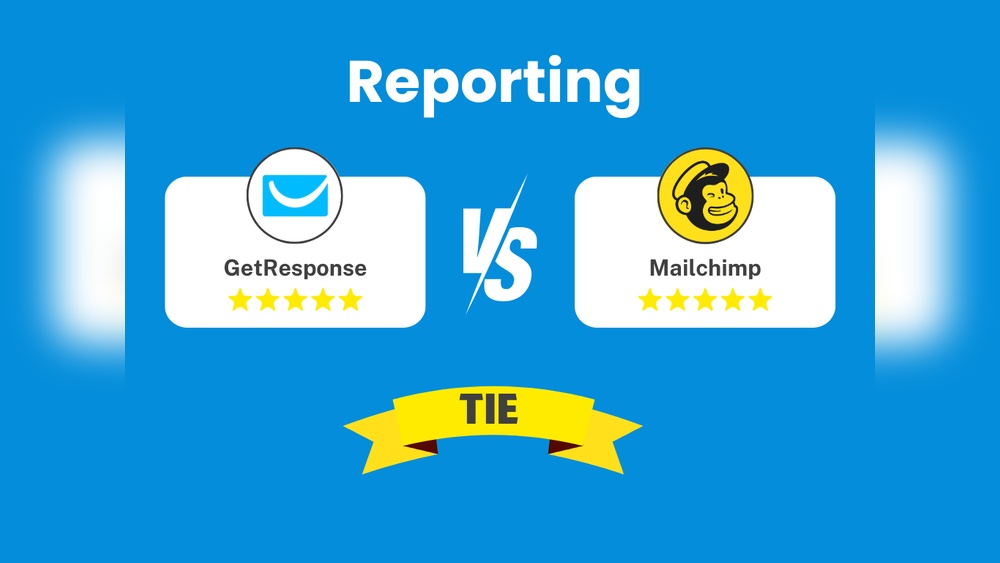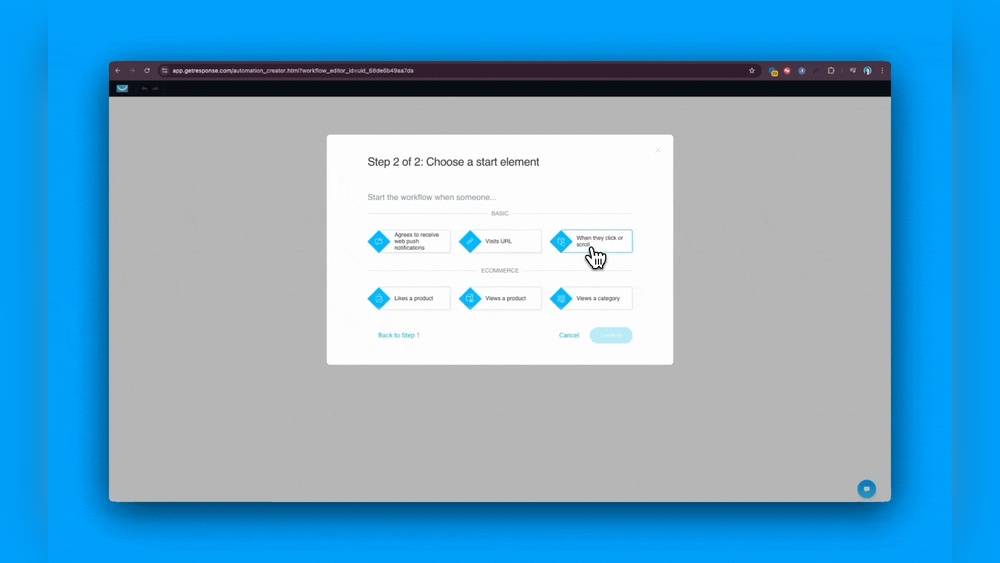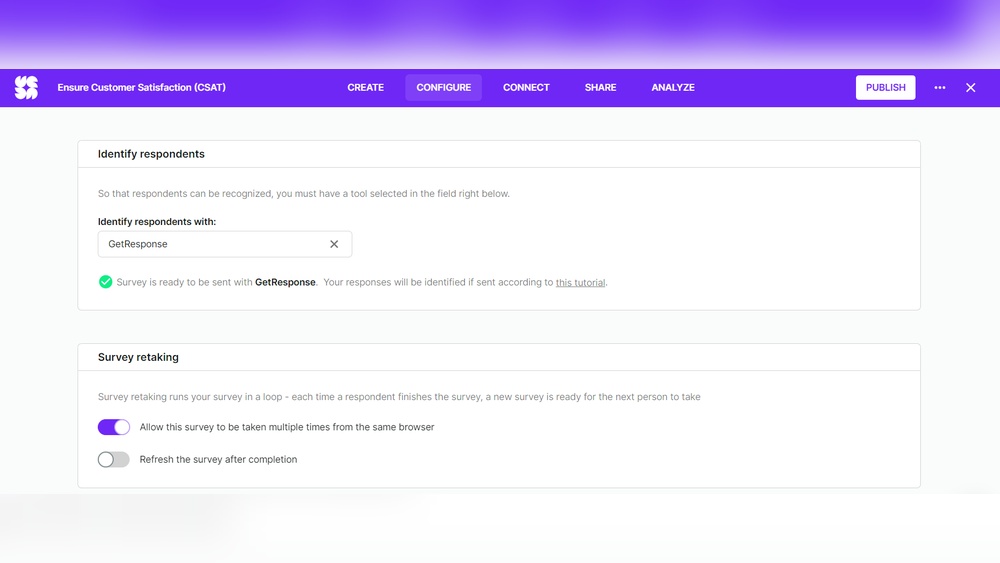Are you ready to unlock the secrets of a successful email marketing campaign? Imagine reaching your audience directly, delivering personalized messages that resonate and spark engagement.
Email marketing is a powerful tool that can transform how you connect with your customers, driving results that matter. But where do you start? How do you craft emails that not only get opened but also inspire action? In this guide, you’ll discover the essential steps to conduct an email marketing campaign that captivates your audience and maximizes your return on investment.
From defining your goals to measuring success, you’ll learn how to navigate the intricacies of this marketing strategy with confidence. Keep reading to ensure your emails aren’t just read, but remembered.
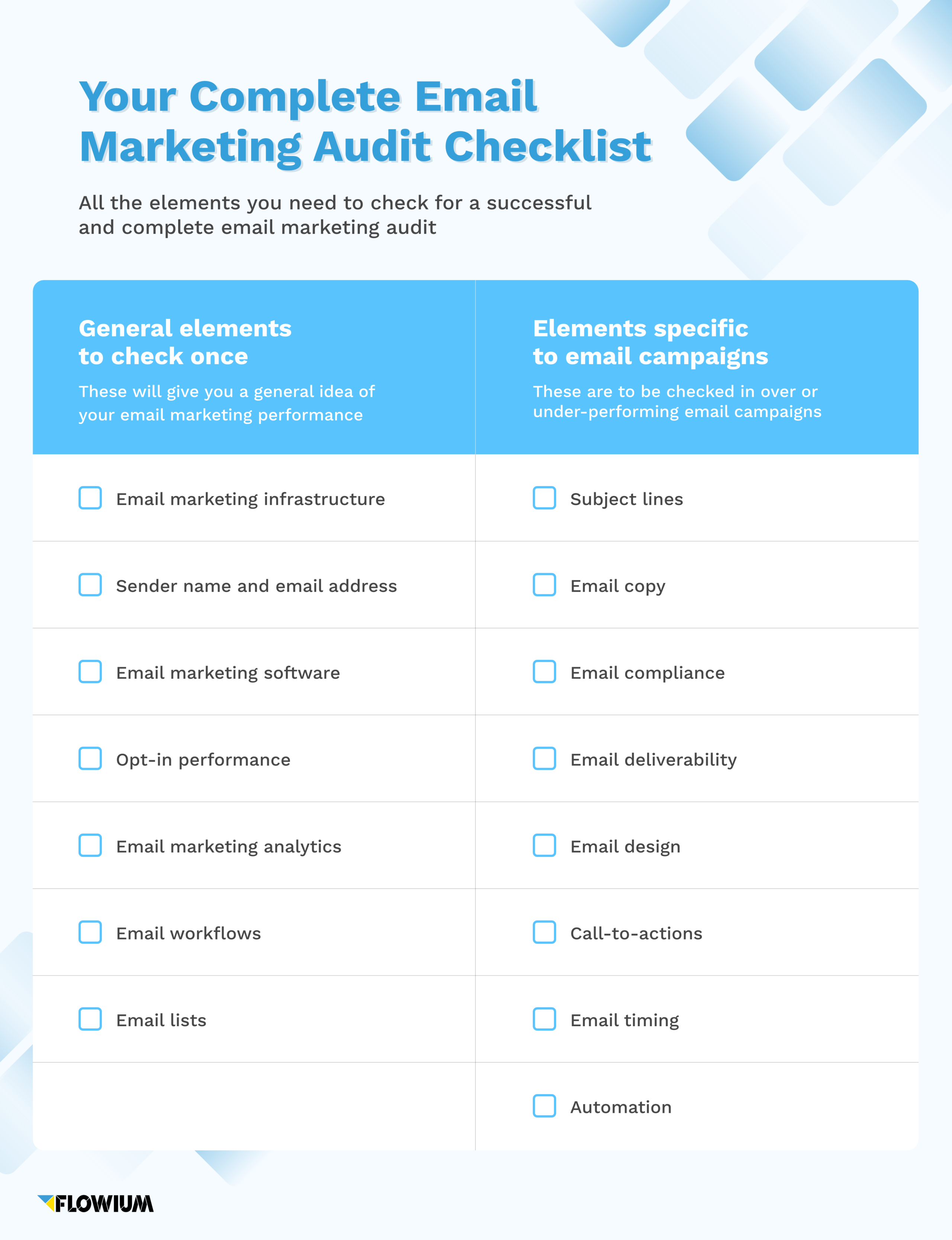
Credit: flowium.com
Setting Goals
Setting goals in an email marketing campaign is crucial. Goals provide direction and clarity. They help in evaluating the campaign’s success. Without clear goals, efforts can be scattered and ineffective. Goals should align with business objectives. This ensures every email sent has a purpose.
Identify Target Audience
Knowing your audience is key. It influences the tone and content. Start by researching demographics. Understand their interests and needs. This helps in crafting tailored messages. Personalization improves engagement rates. Use tools to segment your audience. This makes targeting more precise.
Define Success Metrics
Success metrics measure the campaign’s effectiveness. Common metrics include open rates and click-through rates. High open rates indicate interest. Click-through rates show engagement. Conversion rate measures sales generated. Each metric provides insights. Use them to refine strategies. Track these metrics regularly. Adjust tactics based on findings.
Building A Subscriber List
Creating an effective email marketing campaign starts with building a strong subscriber list. Begin by offering valuable content to attract sign-ups. Use clear call-to-action buttons and forms to capture emails efficiently.
Building a subscriber list is the backbone of any successful email marketing campaign. Imagine crafting a perfect email only to realize you have no audience to share it with. Your subscriber list is your direct line to potential customers. It’s crucial to grow this list actively and strategically.Opt-in Strategies
The first step in building your subscriber list is encouraging people to opt-in. Offer something valuable in exchange for their email, like a discount or exclusive content.Make your sign-up forms easy to find on your website. Consider using pop-ups or slide-ins that appear after a visitor spends a certain amount of time on your page.Personalize your opt-in message to resonate with your audience’s interests. You want them to feel excited about what they’ll receive from you.Segmentation Techniques
Once you have your subscriber list, segmentation is key. Don’t send the same email to everyone. Use segmentation to tailor your messages based on the interests and behaviors of your subscribers.Create different groups within your list based on criteria like purchase history or engagement level. This ensures the right content reaches the right people.Think about the last time you received an email that felt personalized to your needs. Didn’t it make you more likely to engage? That’s the power of segmentation.—Building your subscriber list effectively takes effort, but the payoff is worth it. What strategies have you tried to build your list? Are there any techniques that surprised you with their effectiveness?Crafting Compelling Content
Crafting compelling content is key to a successful email marketing campaign. Focus on clear subject lines and valuable information. Engage your audience with personalized messages and a strong call-to-action.
Crafting compelling content for your email marketing campaign is crucial to capturing your audience’s attention and driving engagement. The right content can transform a simple email into a powerful tool that connects, informs, and motivates your readers. It’s not just about what you say, but how you say it that makes the difference. You need to ensure that every element in your email, from the subject line to the design, speaks directly to your audience’s needs and interests.###Writing Engaging Subject Lines
Your subject line is the first thing your audience sees. It’s your chance to make a strong first impression.Keep it short and impactful—aim for 50 characters or less.Use action words to spur curiosity and prompt readers to open the email.Consider asking a question that resonates with your audience’s needs or desires.Avoid clickbait; deliver on the promise your subject line makes.Personalize whenever possible; use the recipient’s name or reference their interests.Experiment with emojis sparingly to add a touch of personality.###Designing Email Templates
A well-designed email template reflects your brand and makes your content easy to digest.Use a clean, simple layout that guides the reader’s eye naturally.Incorporate your brand colors and fonts to maintain consistency across communications.Ensure your design is mobile-friendly, as many people read emails on their phones.Include clear call-to-action buttons that stand out and invite clicks.Visual elements like images or graphics should support your message, not overwhelm it.Crafting compelling content in your emails involves a mix of creativity, psychology, and practical design. As you develop your campaign, ask yourself: What would make you want to read this email? What sparks your interest and makes you feel valued? Your answers will help guide your content creation process.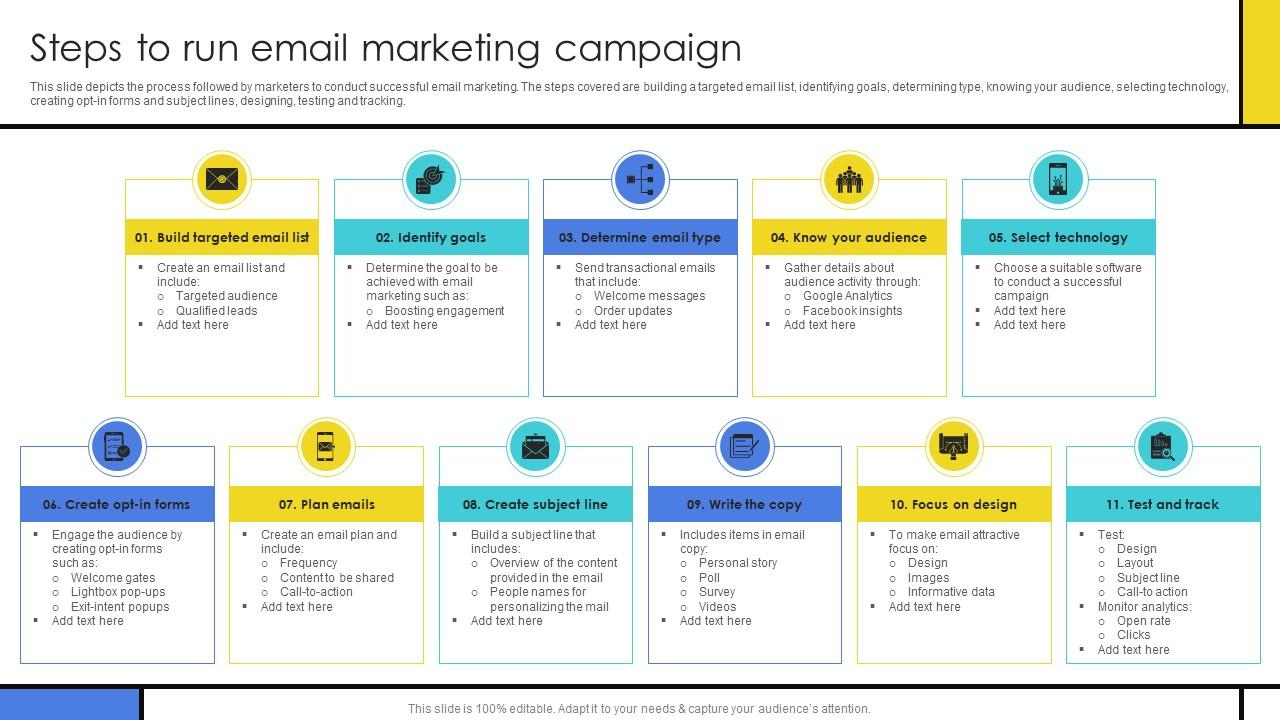
Credit: www.slideteam.net
Personalization Techniques
Personalization techniques in email marketing are essential for capturing your audience’s attention. They can transform your campaign from generic to engaging, making your subscribers feel valued. But how do you personalize effectively without overcomplicating the process?
Dynamic Content Insertion
Dynamic content insertion is a powerful tool for personalization. Imagine receiving an email that speaks directly to your interests and needs. This technique allows you to change parts of your email based on subscriber data.
For example, you can tailor product recommendations based on purchase history. If someone recently bought a camera, highlight accessories they might like. It’s like having a personal shopper in their inbox.
Think about the time you got a tailored message and how it felt. Did it make you more inclined to engage? Use this approach to make your recipients feel seen and understood.
Behavioral Targeting
Behavioral targeting focuses on actions your subscribers have taken. Have they clicked on a specific link? Opened multiple emails about a product? This technique lets you create emails that reflect their behavior.
Consider sending a special offer to someone who frequently visits your site but hasn’t made a purchase. It’s a gentle nudge that might convert interest into action.
Ask yourself: What behaviors indicate readiness to buy or engage? Align your email content with these actions for a more personalized experience.
Personalization in email marketing isn’t just a trend; it’s a necessity. By using techniques like dynamic content insertion and behavioral targeting, you can create emails that resonate with your audience. Remember, the goal is to make your subscribers feel valued and understood. How will you personalize your next email campaign?
Timing And Frequency
Choosing the right time and frequency for emails boosts engagement. Early morning or late afternoon are ideal times. Weekly or bi-weekly emails keep audiences informed without overwhelming them.
Timing and frequency are crucial elements in the success of your email marketing campaign. Sending too often might annoy your subscribers, while sending infrequently can make them forget about you. You must strike the right balance to maintain engagement and build a strong relationship with your audience.Optimal Send Times
Choosing the right time to send your emails is essential. Many experts suggest sending them on weekdays, with Tuesday and Thursday being particularly effective. However, it’s always better to analyze your audience’s behavior.Use analytics tools to monitor when your subscribers are most active. You may find that your audience prefers receiving emails in the early morning or late afternoon. Test different times and compare the open and click-through rates to pinpoint the best send times for your specific audience.Balancing Frequency
Finding the right frequency is like walking a tightrope. Too many emails can lead to a high unsubscribe rate, while too few might cause your audience to lose interest. A weekly or bi-weekly schedule can be a good starting point.Consider segmenting your email list based on engagement levels. Highly engaged subscribers might appreciate more frequent updates, while others may prefer less frequent communication. Always keep an eye on your metrics. If you notice a dip in engagement or an increase in unsubscribes, it might be time to adjust your frequency.It’s also beneficial to ask your subscribers how often they’d like to hear from you. A simple survey can provide valuable insights and help tailor your email strategy to better meet their expectations.
Credit: www.brafton.com
Testing And Optimization
Testing and optimization enhance email marketing campaigns. A/B testing identifies the most effective subject lines and content. Analyzing open rates and click-through rates refines strategies for better engagement.
Testing and optimization are crucial for the success of your email marketing campaign. They help you understand what resonates with your audience. Without it, you’re essentially flying blind.A/b Testing Strategies
A/B testing, also known as split testing, is a powerful tool in your marketing arsenal. It allows you to compare two versions of an email to see which performs better. Start with a single variable—such as subject lines or call-to-action buttons.Imagine testing two subject lines: “Big Sale Tomorrow!” versus “Exclusive Offer Just for You!” Which one would you open? A/B testing can give you the answer. Test small segments of your audience first, then use the winner for your main list.Remember, consistency is key. Run your test long enough to gather meaningful data. A small audience or short time frame might not give you reliable results.Analyzing Campaign Performance
Once your campaign is out there, the real work begins—analyzing the results. Look at open rates, click-through rates, and conversion rates. Each metric tells a story about your audience’s behavior.Are your open rates lower than expected? It might be time to rethink your subject lines or sender name. High clicks but low conversions could mean your email content isn’t aligned with the landing page.Use tools like Google Analytics or your email marketing platform’s analytics to dig deeper. Look for patterns. What time of day do your emails perform best? Are there specific days when engagement spikes?Testing and optimization aren’t one-off tasks. They’re ongoing processes that refine your strategy. What’s one change you could test today to improve your results? Start small and learn from each campaign.Compliance And Privacy
Conducting an email marketing campaign is more than just crafting engaging content. It’s crucial to ensure that your campaign respects compliance and privacy regulations. Failing to do so can lead to hefty fines and damage your brand’s reputation. Understanding how to protect your subscribers’ data while adhering to legal requirements is key. It not only builds trust but also enhances your campaign’s effectiveness. But how do you ensure compliance without stifling creativity?
Understanding Gdpr
The General Data Protection Regulation (GDPR) is a cornerstone in email marketing compliance. It applies to any company that processes personal data of individuals in the EU, regardless of your location. The GDPR mandates that you obtain explicit consent from subscribers before sending them marketing emails.
This means using clear and simple language when asking for consent. Avoid pre-ticked boxes or confusing jargon. You should also provide an easy way for subscribers to withdraw their consent at any time. Have you reviewed your consent forms to ensure they meet these standards?
Best Practices For Data Protection
Protecting your subscribers’ data is not just a legal requirement, it’s a responsibility. Start by ensuring that your data collection methods are secure. Use encryption to protect data during transmission and storage. Regularly update your security protocols to address new vulnerabilities.
It’s also important to limit data access to only those who need it for campaign execution. Implement role-based access controls to protect sensitive information. Are you confident that your data protection measures are up to date?
Finally, always be transparent about your data practices. Clearly explain how you collect, use, and protect subscriber data in your privacy policy. A transparent approach not only fosters trust but also encourages more people to subscribe. What steps can you take today to improve your data protection strategy?
Leveraging Automation
Automate your email marketing campaign for efficiency and effectiveness. Schedule emails to reach the right audience at the right time. Use tools to track engagement and improve future campaigns.
Leveraging automation in your email marketing campaign can be a game-changer. It allows you to send the right message to the right audience at the right time without lifting a finger after setup. Imagine freeing up your schedule while your emails work tirelessly to nurture leads and boost conversions. Let’s break down how you can harness the power of automation with two crucial strategies: Automated Drip Campaigns and Triggered Emails.###Automated Drip Campaigns
Automated drip campaigns are like having a personal assistant that communicates on your behalf. These campaigns send a series of pre-written emails to your subscribers based on a schedule you define. Picture this: a new subscriber joins your list, and over the next few weeks, they receive a series of emails introducing them to your brand, sharing valuable content, and guiding them toward a purchase.Setting up an automated drip campaign involves a bit of initial work but pays off in the long run. Start by identifying your campaign’s goal and mapping out the customer journey. What steps do they need to take before making a purchase?Once you have a plan, create engaging emails that align with each step. Use clear calls-to-action and personalize the content to match the subscriber’s needs.###Triggered Emails
Triggered emails are sent automatically based on specific actions taken by your subscribers. They are highly relevant and timely, making them effective at increasing engagement. Think about the last time you abandoned an online shopping cart and received a reminder email—that’s a triggered email in action.Common triggers include signing up for a newsletter, abandoning a cart, or reaching a milestone like a birthday. These emails are powerful because they respond to the subscriber’s behavior, showing them you care about their individual journey.To set up triggered emails, use your email marketing platform’s automation features. Define the triggers and decide what message you want to send for each one. Keep the content short, personalized, and action-oriented.Have you ever received a triggered email that made you feel valued? That’s the kind of impact you want to achieve.Embracing automation in your email marketing strategy not only saves you time but also enhances your relationship with your audience. Ready to let automation do the heavy lifting for you?Measuring Success
Understanding the success of your email marketing campaign is crucial. It helps you know what works and what doesn’t. Tracking the right metrics gives you insight into your audience. This can guide your future campaigns. Let’s explore how to measure success effectively.
Interpreting Analytics
Analytics reveal how your emails perform. Open rates show if your subject lines attract attention. Click-through rates tell you if content engages readers. Bounce rates indicate deliverability issues. Each metric offers valuable insights. Analyzing these helps refine your strategy.
Adjusting Strategies Based On Data
Data-driven decisions improve campaign outcomes. Identify trends in your email analytics. If open rates are low, revise your subject lines. Low click-through rates? Rethink your content and calls to action. Use data to guide your adjustments. This leads to better results over time.
Avoiding Common Pitfalls
Email marketing can be incredibly effective, but it’s not without its challenges. As you set out to craft your campaign, it’s essential to sidestep common pitfalls. These missteps can derail your efforts and leave your audience disinterested. So, how do you ensure your emails hit the mark without falling into these traps?
Overcoming Spam Filters
Spam filters are your email’s first hurdle. They protect inboxes from unwanted clutter, but they can mistakenly block your legitimate emails. To avoid this, be mindful of your subject lines and avoid using excessive punctuation or caps.
Try including your recipient’s name or a personal touch in your subject. This can make your email stand out as genuine. Also, balance your use of images and text. Heavy image use can trigger spam alerts, so make sure your emails are well-rounded.
If you’ve ever wondered why certain emails never reach your inbox, it’s often because they fail these checks. Make your content relevant and personalized, as this can help you bypass these filters effectively.
Preventing Unsubscribes
Your goal is to keep your audience engaged, not drive them away. Unsubscribes happen when your emails no longer provide value. Keep your content fresh and insightful. Ask yourself, what do your readers want to know?
Consistency is key, but avoid overwhelming your subscribers with too many emails. A steady rhythm maintains interest without causing fatigue. Additionally, allow subscribers to choose the frequency of emails they receive. This empowers them and keeps your list healthy.
I once subscribed to a newsletter that flooded my inbox daily. The sheer volume made me hit the unsubscribe button within a week. Make sure your frequency aligns with your audience’s preferences to avoid this mistake.
Consider what made you unsubscribe from a list before. Use those insights to craft a campaign that resonates with your audience and keeps them coming back for more.
Frequently Asked Questions
How To Run An Email Marketing Campaign?
To run an email marketing campaign, define your goals and target audience. Create engaging content with a clear call-to-action. Segment your email list for personalized messages. Use an email marketing platform to send and track emails. Analyze results and refine your strategy for improvement.
What Is The 80/20 Rule In Email Marketing?
The 80/20 rule in email marketing suggests focusing 80% of your efforts on engaging your audience. Dedicate 20% to promoting products or services. This balance increases reader interest and boosts conversion rates. Prioritize valuable content to maintain subscriber trust and engagement.
What Are The 5 T’s Of Email Marketing?
The 5 T’s of email marketing are Targeting, Timing, Tantalizing, Testing, and Tracking. Targeting ensures emails reach the right audience. Timing optimizes send times. Tantalizing content engages readers. Testing refines strategies through A/B testing. Tracking evaluates performance through analytics.
Conclusion
Crafting an effective email marketing campaign requires attention to detail. Start by knowing your audience. Use clear and simple language. Personalize messages for better engagement. Always include a strong call to action. Test different strategies and analyze results. This helps improve future campaigns.
Stay consistent with your brand’s voice and message. Regularly update your email list to keep it relevant. Remember, the key is to connect with your audience. Keep them interested and informed. With these tips, your campaigns can achieve better results.
Happy emailing!

